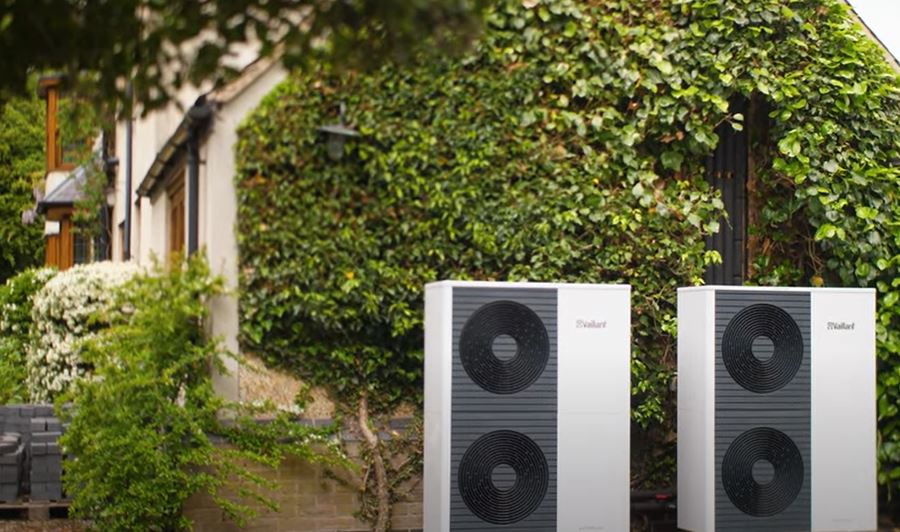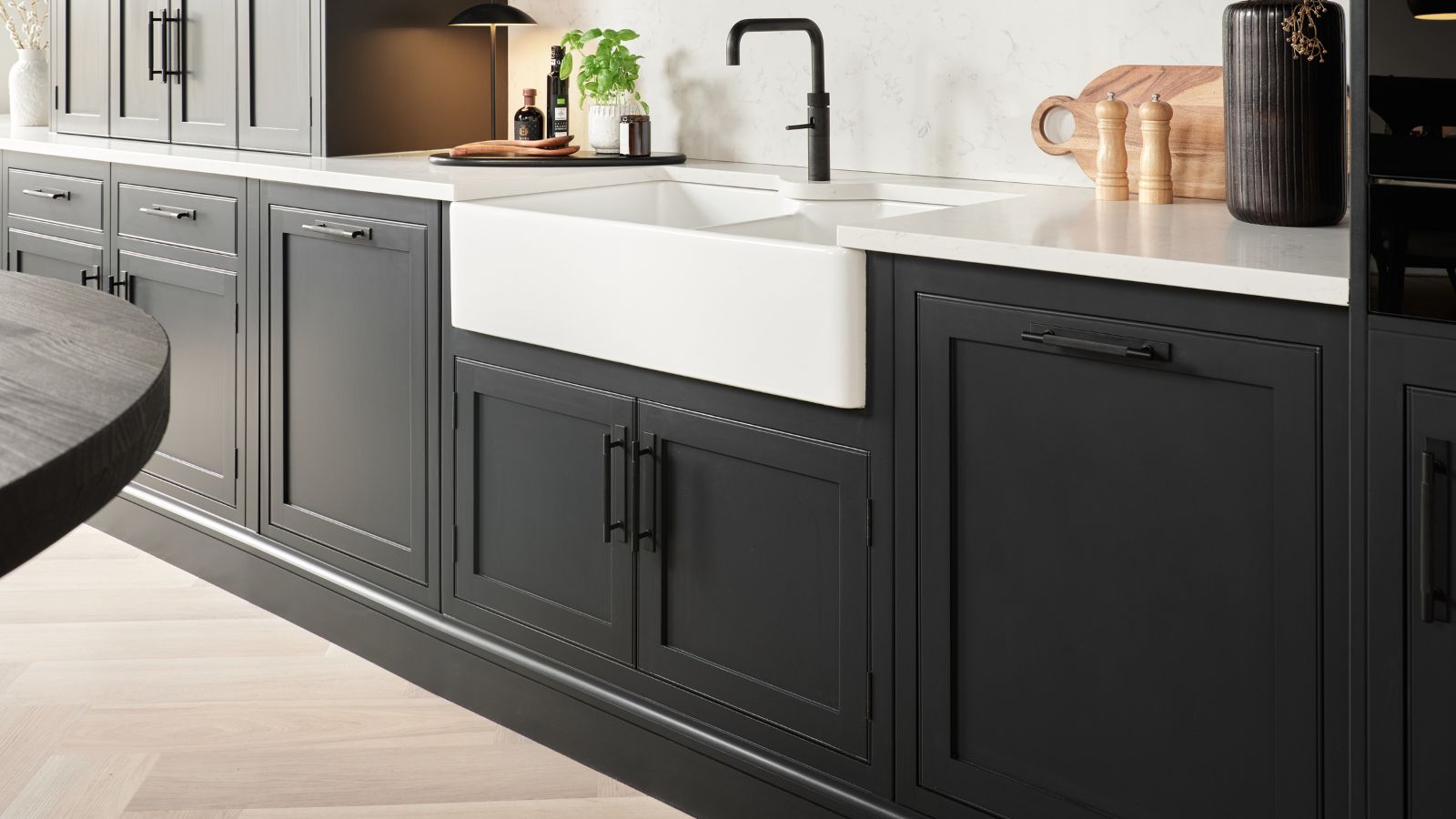What is the Scotland Heat in Buildings Strategy?
The Heat in Buildings Strategy sets out the Scottish Government's plans to reduce carbon emissions in buildings and transition towards net zero

The Scottish Government announced their Heat in Buildings Strategy to reduce emissions in Scotland's buildings and meet carbon emission targets.
They have pledged £1.8 billion in funding to help this transition towards net zero and help homes move from fossil fuel-reliant heating systems towards low-emission systems to help create more eco homes.
In this guide, we look at how this will affect Scottish homeowners and how homes will have to change their heating supply and how they will now be assessed moving forward.
What is the Heat in Buildings Strategy?
The Heat in Buildings Strategy presents updated targets by the Scottish Government and their aspirations for increasing low-carbon heating.
The strategy includes targets to improve energy efficiency, the installation of low-carbon heating systems and reduce emissions. Some of these targets include:
- By 2030, a substantial majority of buildings is expected to attain a high level of energy efficiency, and all residences should meet a standard equivalent to at least an EPC band C by 2033.
- Achieve a 68% reduction in emissions from heating in buildings by 2030 compared to the levels observed in 2020.
- 1 million homes presently relying on mains gas (representing approximately 50% of the total), must transition to zero emissions heating by 2030.
For many parts of Scotland, energy network upgrades are already underway or being planned.
Why was it introduced?
In order to achieve their net zero target by 2045, the Scottish Government aims for a significant reduction in energy use and widespread adoption of zero-emission heating systems in all homes and buildings.
Bring your dream home to life with expert advice, how to guides and design inspiration. Sign up for our newsletter and get two free tickets to a Homebuilding & Renovating Show near you.
The Climate Change Plan Update outlines a goal to reduce combined emissions from homes and non-domestic buildings by 68% by 2030 compared to 2020 levels.
With approximately 2.5 million occupied dwellings in Scotland, constituting 13% of the country's total greenhouse gas emissions and 30% of total energy consumption, the majority are expected to remain occupied in 2045.
The primary heating fuel for most homes is mains gas (around 2 million), while over 450,000 homes use alternative heating sources. Of these, 260,000 rely on electric heating, and 170,000 use higher-emission fuels like heating oil, LPG, or coal.
Currently, only about 11% of households (approximately 278,000) have a renewable or very low-emission heating system, such as a heat pumps, biomass boiler, or electric storage heating. This figure excludes those connected to heat networks, primarily fueled by gas, with around 34,000 homes connected to such networks.

How will the Heat in Buildings Strategy be funded?
The Scottish Government plans to initiate the transition with a commitment of at least £1.8 billion in capital funding over the next five years.
This investment aims to expedite energy efficiency upgrades and the deployment of renewable heating, fostering job creation and supply chain opportunities throughout Scotland.
It is claimed the funding will be directed towards supporting the most vulnerable, ensuring that interventions in delivery programs do not exacerbate fuel poverty. Additional assistance will be provided as needed to ensure affordable and warm homes for everyone.
In addition to raising awareness about the necessary transition for building stock, enhancing the quality and consumer trust in the supply chain is a crucial aspect of this initiative. The government will leverage its investment to enhance quality standards and collaborate with the sector to simplify the process for individuals to make these changes.
The Scottish government estimates the overall capital cost for converting the building stock to zero emissions by 2045 to be around £33 billion.
How will assessment of homes change in Scotland?
To ensure a stable and enduring framework for investment in the sector and to provide long-term assurance for homeowners, landlords, owners of non-domestic properties, and the public sector, the Scottish government, during this parliamentary term, will implement new mandatory legal standards for zero-emissions heating and energy efficiency, wherever legally permissible.
These regulations will encompass both domestic and non-domestic buildings in Scotland, addressing energy efficiency and direct emissions from heating.
The proposed regulations cover various aspects for both new and existing buildings, including reforming assessment processes and metrics for Energy Performance Certificates (EPC) and establishing standards for existing homes, non-domestic buildings, and mixed-use or multi-tenure buildings.
The government commits to fairly introducing regulations, taking into consideration the health and well-being of Scotland's residents. There will be a continued focus on eliminating poor energy efficiency as a contributor to fuel poverty, with a commitment to ensuring that regulatory actions do not increase fuel poverty.

News Editor Joseph has previously written for Today’s Media and Chambers & Partners, focusing on news for conveyancers and industry professionals. Joseph has just started his own self build project, building his own home on his family’s farm with planning permission for a timber frame, three-bedroom house in a one-acre field. The foundation work has already begun and he hopes to have the home built in the next year. Prior to this he renovated his family's home as well as doing several DIY projects, including installing a shower, building sheds, and livestock fences and shelters for the farm’s animals. Outside of homebuilding, Joseph loves rugby and has written for Rugby World, the world’s largest rugby magazine.
